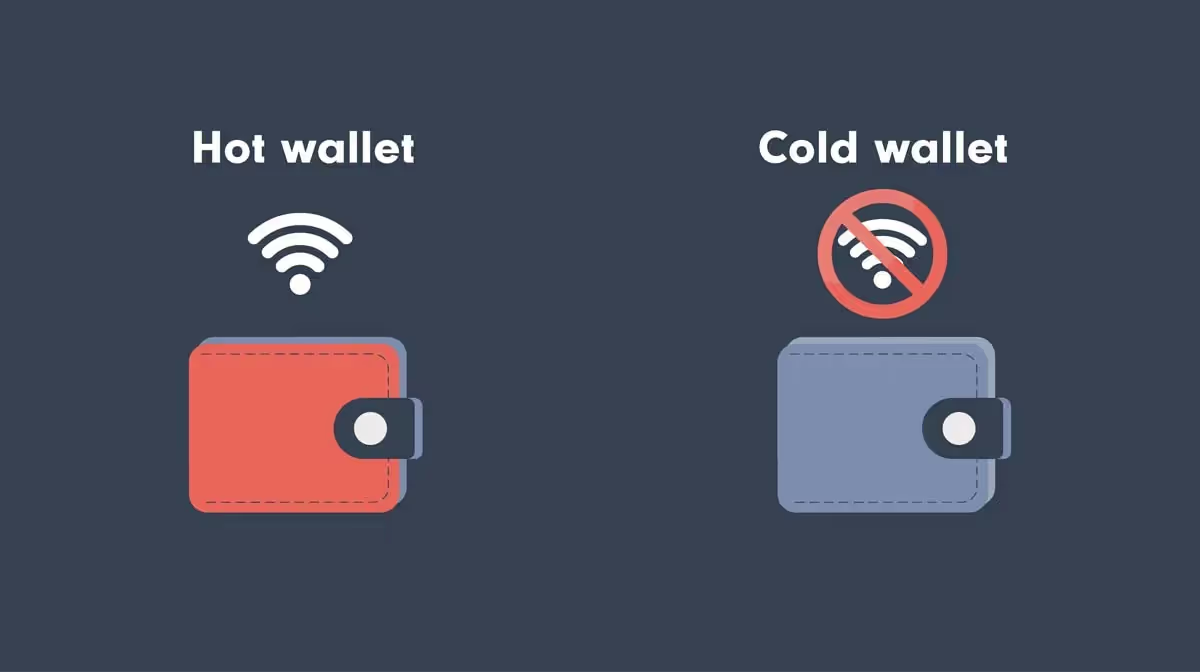
Crypto wallets: 5-minute guide
A crypto wallet is a device, software or service that allows you to buy, sell and store cryptocurrencies.
It does not actually store the crypto itself – rather, it stores the keys you use to access your crypto.
The evolution of crypto wallets
In the early days of Bitcoin, the earliest cryptocurrency, anyone who wanted to buy and sell Bitcoin (BTC) had to use the original Bitcoin client software.
This meant operating as a “full node” on the Bitcoin network, which in turn meant downloading and maintaining a full copy of the public database that is the Bitcoin blockchain.
Over time, more wallet solutions were created by third parties for users who wanted to transact with Bitcoin without the complexity and expense of running a node.
Today, there are thousands of different cryptocurrencies in operation in addition to Bitcoin.
Crypto wallets have become increasingly sophisticated to cater to the growing consumer demand for crypto as both a store of value and a fast, convenient, and secure way of paying for goods and services.
The different kinds of crypto wallets
There are two broad categories of crypto wallet when it comes to connectivity: hot wallets and cold wallets.

Hot wallets are so called because they are connected to the internet. A hot wallet might be a piece of software that you run on your computer, an app on your mobile phone or tablet, or an account that you create in an online crypto exchange.
Cold wallets are hardware devices that are not usually connected to the internet, such as a separate computer hard drive or a USB drive. A cold wallet can also be as a simple as a piece of paper that records a user’s public and private keys (using a QR code, for example).
Pros and cons of hot and cold wallets
Hot wallets can be easier and faster to use, but come at a risk of being hacked, since they are connected to the internet. Cold wallets don’t carry the same risk because they are only briefly connected to the internet to “sign” transactions.
However, should they be lost or stolen, the owner would lose access to the private keys and therefore the funds.
It could also be argued that cold wallets aren’t as quick or convenient as hot wallets, as there are more steps to go through before funds can be accessed.
Key custody options for crypto wallets
In addition to whether they are hot or cold, crypto wallets can be classified according to who ultimately controls the keys.
There are two main categories here: self-custody, and third-party custody (often described as custodial wallets).
Benefits of custodial wallets
If a user holds crypto in an exchange account or in the vault of a crypto custodian, their private keys are ultimately controlled by that third party.
For individuals and businesses new to crypto, the user-friendliness of such platforms can be an accessible way to enter the digital assets sphere.
The convenience of outsourcing key management can make this tempting as an option for longer-term storage as well, but there are downsides to this approach, as we shall see.
Benefits of self-custody
The phrase “not your keys, not your coins” is often used in relation to third-party key management options.
Crypto is decentralized by design, so it could be argued that placing key management in the hands of third parties goes against that core philosophy.
There are also practical considerations: centralized exchanges with online interfaces are vulnerable to hackers in a way that self-custody cold storage options are not.
Exchanges have also been known to freeze access to funds for reasons related to liquidity (in the case of sudden market volatility for example), or for risk management.
Individuals and business users alike should carefully consider the balance between convenience and security when it comes to their crypto custody options.
Fortris handles digital asset treasury operations for enterprise business.
Want to learn more? Book a demo today.
